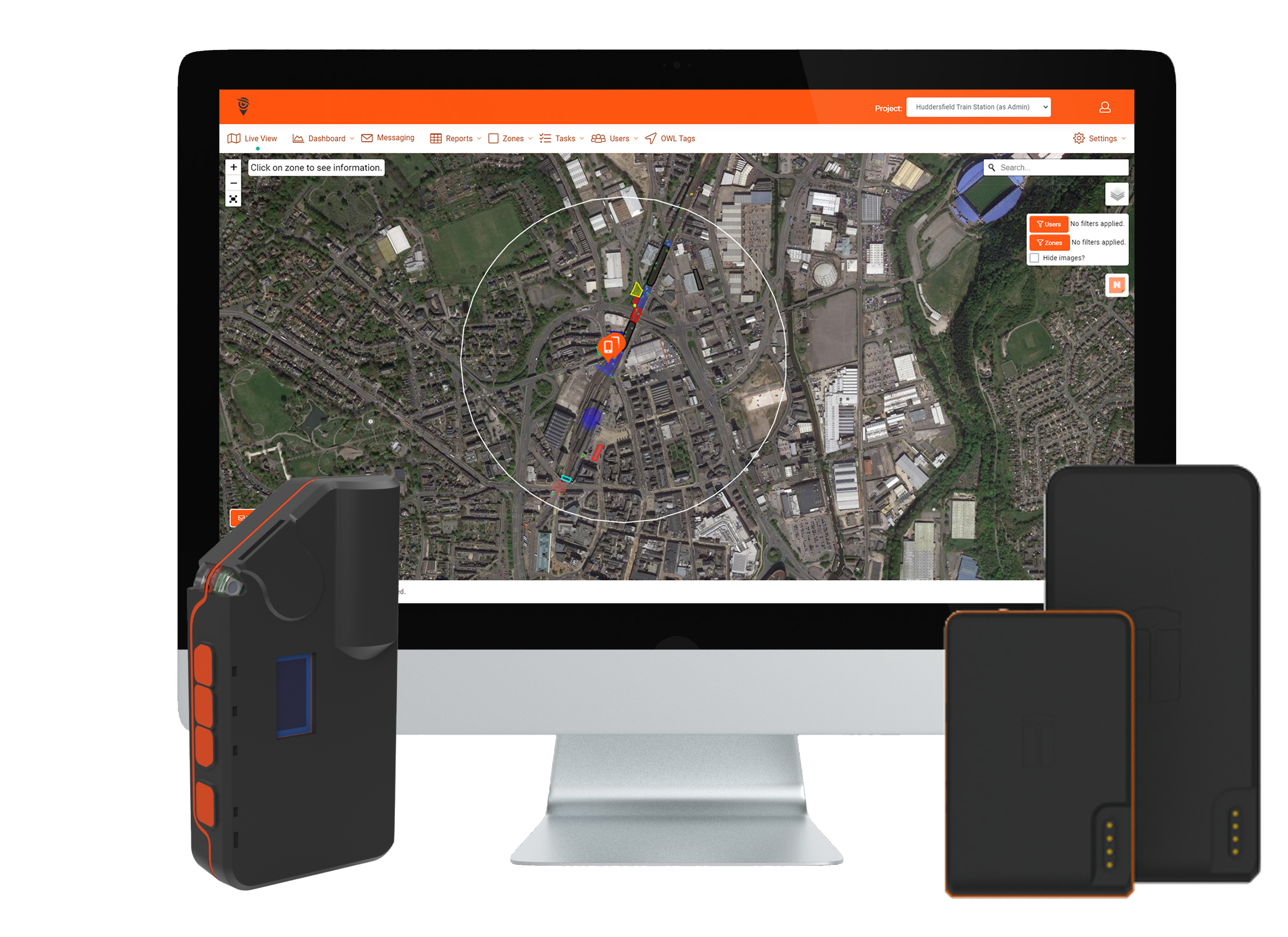4G LTE, which stands for Forth Generation Long-Term Evolution, represented a significant advancement in wireless communication technology.
As technology continually improves, there will be increasing overlaps between existing and new technologies. Both new and old technologies often remain available for extended periods. A prime example of this overlap can be observed in the coexistence of 2G, 3G ,4G, 4G LTE and 5G.
5G is the most recent iteration of cellular technology that promises to revolutionise connectivity. And while 5G private networks are now reasonably accessible, they can be expensive to set up and maintain. Additionally, the technology is still in its infancy, particularly when it comes to hardware and advanced features like network slicing.
4G served as the successor to 3G and in its latest variant 4G LTE it brings several notable advantages, including faster speeds, quicker downloads, and smoother browsing experiences. 4G LTE provides increased network capacity for connected devices, greater penetration and generally meets the connectivity needs of most organisations, it is also supported on a far greater number of devices.
This means that if you have deployed or are planning to deploy 4G LTE, it will likely remain a viable solution for the foreseeable future unless you are considering technologies such as Connected Autonomous Plants or autonomous (self-driving) equipment or machinery which demand extremely high levels of bandwidth.
The Key benefits of 4G LTE Connectivity
- Faster speeds
- Lower latency (resulting in faster response times)
- Increased network output
- Greater penetration to structures and greater range when compared to 5G
- Cost efficiency when compared to 5G
Private Networks
Private Networks are smaller, wireless networks that operate privately for end customers. These are isolated networks exclusively for use by a single company, project, or organisation and as such they are not subject to the reliability and fluctuations in service often seen on public networks. While there has been significant publicity in respect to the creation of 5G Private Networks following the announcement by Ofcom of some publicly available 5G spectrum, Private LTE 4G Networks can be delivered using licensed spectrum and as such they can provide a real cost-effective alternative to setting up a 5G private network. By working with the right supplier, it is also possible to look at using a combination of 4G and 5G technology to get maximum alignment and benefit to specific use cases.
Network Slicing
Network slicing represents a network framework that allows for the creation of multiple virtual networks within a shared network infrastructure. Each virtual network is customized to cater to specific service categories or industry users. Within each network slice, there is the flexibility to define its unique logical configuration, establish service-level agreement (SLA) parameters, determine reliability standards, and implement varying levels of security. This approach ensures that diverse service offerings, industries, or user groups can have their distinct requirements met effectively.
How Onwave Can Help
At Onwave, we boast an experienced team operating across the UK, specialising in deploying and maintaining mobile network solutions across various sectors. We prioritise working within your timelines and possess the agility and partnerships with the major networks to collaborate with teams across multiple sites to ensure you have the necessary solutions to keep your teams and people connected, regardless of their location.
Glossary:
Latency: The amount of time taken for a signal to travel from a device to a server. Lower latency results in a faster response time.
LTE: Long-Term Evolution
4G: 4th Generation wireless






